Dawn chorus
After an exceptionally rough transition to daylight savings time,1 I am starting to wake up some mornings without the alarm. This is in large part thanks to the birds, particularly a vociferous mockingbird who alternates from my sycamore, to my roof, to the basketball goal out front, and back again. Sunrise must be sycamore time, as that’s the tree closest to my bedroom and I could swear he’s all but perched on my bed.
I received Margaret Renkl’s Leaf, Cloud, Crow: A Weekly Backyard Journal from a friend for Christmas and one of my great pleasures has been devoting part of every Sunday morning to that week’s entry. There is a prompt with two lined pages, followed by a blank page for “Notes or Sketches,” which to my own surprise, I have been using for sketching despite my more or less complete inability to draw.
In a January 2025 article for The Atlantic,2 Arthur Brooks writes:
“Doing something you’re bad at can make you better at what you’re good at, as well as potentially making you good at something new. Understanding this dynamic can give you an edge in your own area of excellence, and enhance your life generally. To be great at what you do, take a chance on flunking something else.”
That’s not exactly why I did it—I started sketching before I read that column. I did so mainly because I like coloring books for grown-ups and thus have many cool markers, pencils, and pens. When I got this chance to draw for my eyes only, something in me asked, why not? and so here we are.
And you know what? I am getting better. Well, a little bit. My birds are starting to look more like birds, and with spring fully underway here in the Kentucky mountains, I’m finding all kinds of ways to play with color. Today, for example, I tried making trees in the a style somewhere between Monet and Seurat. The practice makes me pay attention to the natural world, it’s great fun, and if it also happens to improve my writing, well, so much the better.
In today’s “Rural Reflection,” published March 25, 2001, Ruth talks about a new skill she’s acquiring—bird watching and identification. Also, she remembers making friends with a pelican. It’s a lovely piece—I hope you enjoy it as much as I did.
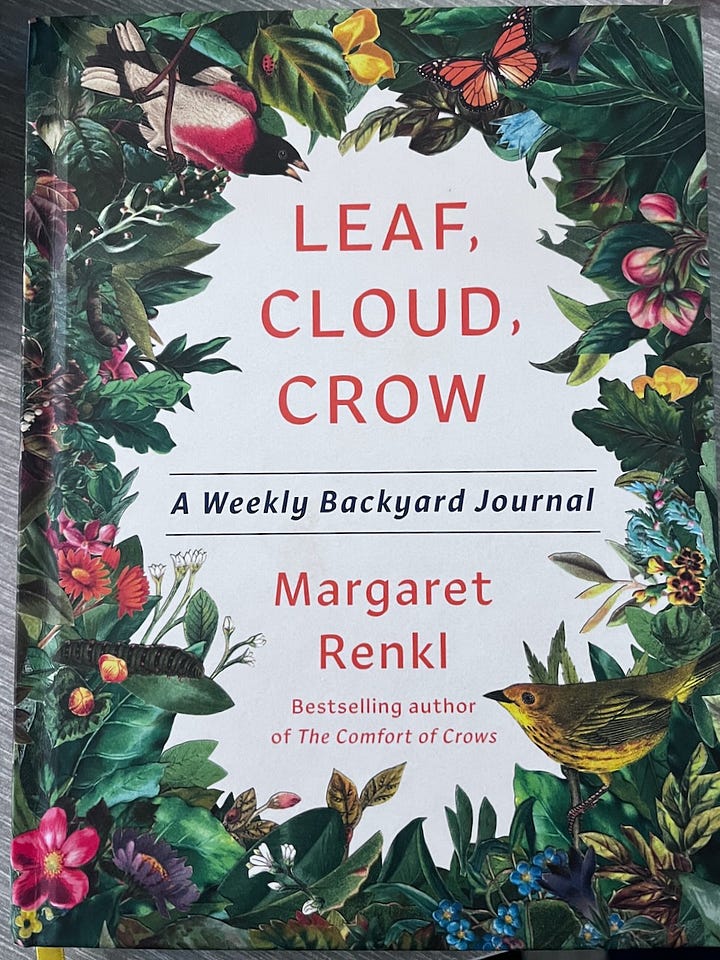
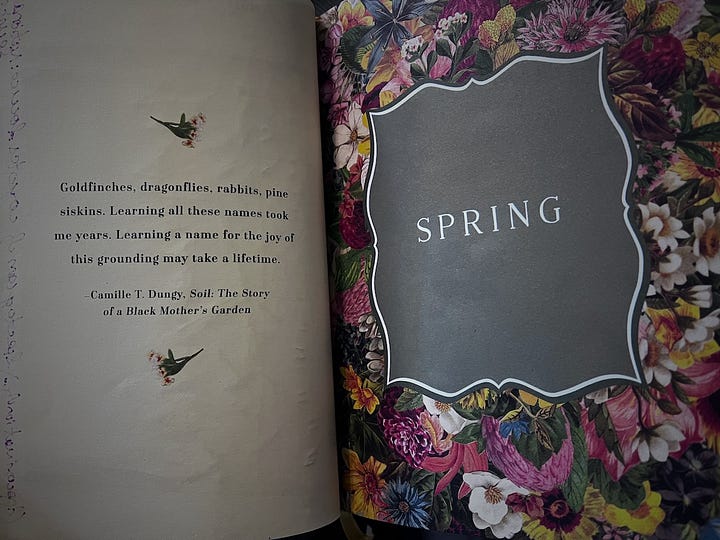
Rural Reflections
By Ruth Dennis
In the land of snow, spring flashes red
The snow was falling steadily as I paused to look out the window at the patterns of white. Then in an instant there was a flash of bright red. I held my breath, hoping and then knowing that it was a red cardinal I was seeing, the first all-winter to come to my bird feeder.
The continuing snow did not seem so bad, now that there had been a brief scarlet flash across the patio, with a momentary stop at the feeder hanging from a pole at the end of the patio.
The bird feeder with its six stations, each with its own perch, had been a Christmas gift from my son and his wife. The back lot of their home deep in the country north of Penn Yan is dotted with bird feeders. A pair of binoculars is always close by the glass door out to their back patio. Bird-watching is part of their daily lifestyle, even though they both have demanding work schedules.
They were hoping their gift would provide me with color and activity to watch during the winter months, when I would be housebound by weather much of the time. It was so disappointing to them as well as to me that until almost mid-March, my bird feeder was ignored. There were discussions as to location of the feeder, which we had located for its accessibility to birds and ease of refilling as well as as much distance as possible from the outdoor cat’s habitat.
It was only when my younger son3 and his family, who literally live just down the road, and my neighbor thought back on the passing weeks and agreed that there had been few, if any, visitors to their bird feeders, that we decided the ground had just been too open through the winter even if we had more than usual bitter cold and winds.
So it was a joy mixed with the disenchantment of continuing snow during those early days of March when a few chickadees found my feeder and began to partake of its offerings of fruit and berry and other seeds. I watched them from the hall window as they came, one at a time, pausing only briefly to snatch a seed or two before flying off to the trees in back.
Then one day there were sparrows stopping by, then grosbeaks, a nuthatch, and a blue jay for a greater splash of color. As the winter snows continued, there was increased activity at the feeder in the hours just before the first flakes began to fall and the winds began to gain strength.
The bird feeder was indeed giving me the enjoyment of color and activity to watch from the warmth of home. I could stand close to the window and not be seen. I found so many reasons to traverse the hall during the daylight hours, always pausing to wait and watch from the window. The brilliant red of the cardinal was a crowning joy that did not diminish throughout the day and evening TV and radio forecasts of snow accumulations and wind gusts.
I am not a “true birder.” I had to hunt for my very simple bird book to identify some of my visitors. But I love to listen to the bird songs at dusk in the summer. I often respond to the “phoebe” call with my own “Phoebe.” I sit on the front steps summer evenings and watch the swallows dip to snatch the mosquitoes and other insects and silently thank them. As I do, it is hard to remember my frustrations earlier in the season when I had to constantly battle their attempts to build their nests above the house doors.
I can sit and watch a hawk circle in the sky and never tire of the sight, whether it is taking place above the open field across the road or someplace farther away. I will always remember the roadside rest in the Shenandoah National Park on the Appalachian Trail where my husband and I were sitting and looking down at the hawks making their circles of flight in the sky.
Thinking about bird and me, I suddenly remember my Florida winter afternoons in the company of a pelican. That last winter, our pace of activity slowed. I would take my book and walk down to the RV park recreation hall and out to the tiny fish cleaning stand next to the lake. There would be no one there, and I could read or just sit.
On about the second afternoon, I was aroused from an “almost nap” by the flap of wings and the sight and sound of a pelican taking the bench opposite me.
We sat and stared at each other, silent, and almost as if waiting to see which one of us would blink first. After a soundless acceptance, I would return to my reading and the pelican would be content to just sit and “keep me company.”
Once in a great while, if the pelican heard a splash from the lake, he would fly off for a quick dive, often making a catch which was quickly gobbled down. Then he would be back and stay until I shut my book and stood up to leave my “perch” and head back “home.” He would arise from his bench, unfold his wings, and wait until I was ready to leave before he took off. I can close my eyes and “see” him now.
I have stopped writing and gone to look out the window again. There is a grosbeak leaving, and chickadees are on the ground, ready to take their turns at the feeder. Maybe the cardinal will be back tomorrow if not later this afternoon.
The geese have flown over, flocks of them headed north. As one flock flew by when I was coming back from the mail box, I waved to them and shouted, “Safe trip, have a good summer don’t hurry back.” I spotted my first robin only an hour before the weekend snow began. Perhaps it and its companions asked, “We left Florida and Texas for this?”
March is more than half over. Spring was officially here on Tuesday, according to the calendar. My bird-feeding time has been short, but it has been rewarding with activity, color, and anticipation that at long last was fulfilled.
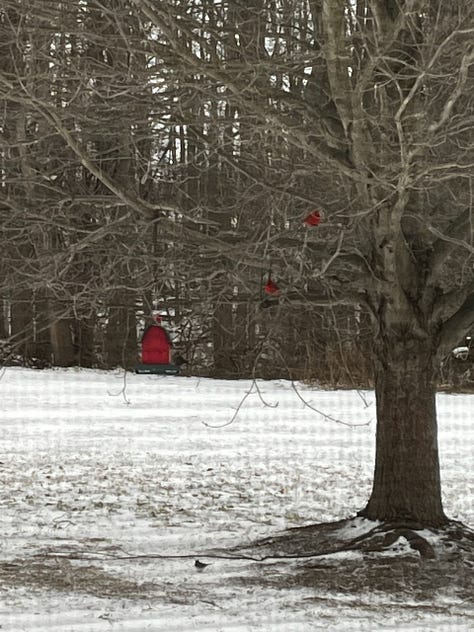
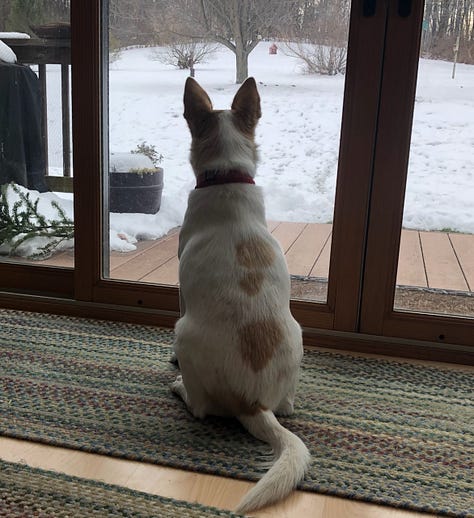
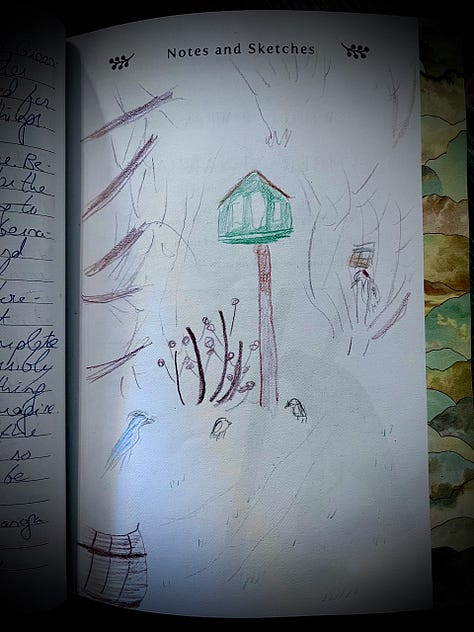
It’s not just losing the hour—my biorhythm generally prefers standard time.
Though I’m paying attention to things other than politics in this week’s post, please take a moment and say a massive THANK YOU to that publication for not betraying its home country or its readers by going down the path of cowardice.
I added the “younger” to distinguish from the son mentioned two paragraphs above.




So cool that you're sketching!